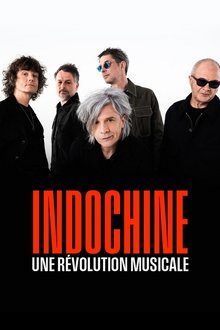This documentary short-film follows the story of The White Bus Cinema based in Southend-on-Sea. They keep the process of projecting real celluloid film alive by showing films from their archive of over 3,000 films, ranging from Super 8, 16mm, and 35mm prints. The film argues why it's important to continue the shooting and projection process of film in our current age of digital shooting and projection in modern Hollywood, amidst the chaos of studios removing films from their streaming services.
Related Movies
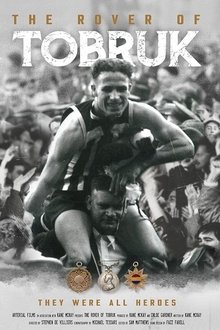
The Rover of Tobruk (2021)
A documentary written by Kane McKay, a returned military serviceman, about Bob Quinn, a recipient of the Military Medal for his heroic actions in World War II in Tobruk, 1941, and also champion player for a number of years at the Port Adelaide Football Club.

Cocteau - Al Brown: the Poet and the Boxer (2020)
Portrait of Panama Al Brown, a great boxer in the 30's, and its story with France, with a focus on its relationship with Jean Cocteau, surrealist, poet, director, artist.

Bravo November (NaN)
Mike Brewer sets off on a journey of discovery to find out the story of one of the most remarkable aircraft in the British Armed Forces: a Chinook helicopter code named Bravo November. By doing so he examines the invaluable contribution that these helicopters have made to campaigns from the Falklands War to modern day British Military service over the past thirty years.
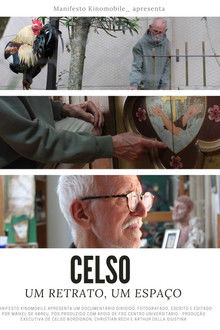
Celso: a portrait, a place (NaN)
"Celso: a portrait, a place" is a documentary that emerges from a year of sporadic visits by the documentary filmmaker (until then a convinced agnostic) to the Capuchin complex, a block that is, among other things, a place to preserve the memory of the Capuchin friars in the Serra Gaúcha, southern Brazil. The daily life of the space and the ramblings of the charismatic friar and artist Celso Bordignon are interspersed in an attempt to contemplate aspects of religious life, art, and the awareness of the nuances of the action of time on matter, body and spirit.
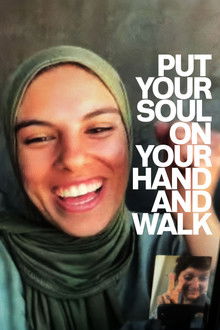
Put Your Soul on Your Hand and Walk (2025)
An Iranian filmmaker participates in a series of video calls with a young Palestinian photojournalist who describes her life confined in Gaza during the current regional conflict.

The Admiral: Pub, Drums and Food (2018)
A documentary short catching up with John Halsey a.k.a. Barry Wom of The Rutles
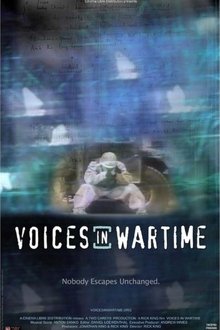
Voices in Wartime (2004)
Voices in Wartime is a 2004 documentary that explores the human experience of war through poetry. Combining interviews with soldiers, journalists, and historians, it reveals how war affects individuals and societies across time and place. The film features poets from around the world – from Homer and Wilfred Owen to Shoda Shinoe and modern writers in Iraq and Nigeria – showing how poetry expresses the pain, trauma, and truth of conflict. By linking verse with real-life accounts, Voices in Wartime highlights how poetry helps us understand the emotional and moral impact of war.

Piss Off X (2021)
A historic underground gay document. Shocking. Intimate. Taboo. A behind-the-scenes look at the performance art of a millennial artist who travels the world performing in public spaces using the medium of piss, video and the internet to break social norms.
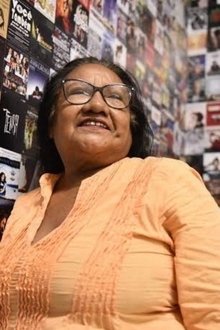
Edna: Memoirs from the Future (2024)
Brazilian documentary short about the life of Edna — actress of Iracema.

Ride Around the World (2006)
Journey across Morocco, Spain, Mexico, Argentina, Patagonia, Texas and British Columbia, to meet vaqueros, gauchos, baqueanos and cowboys - all part of a single global horse culture, an unbroken trail stretching back 1,500 years.




